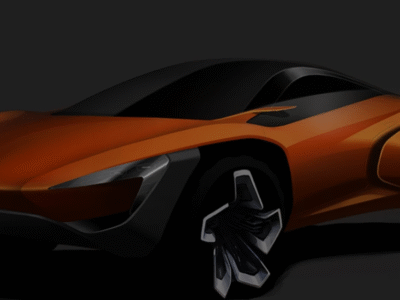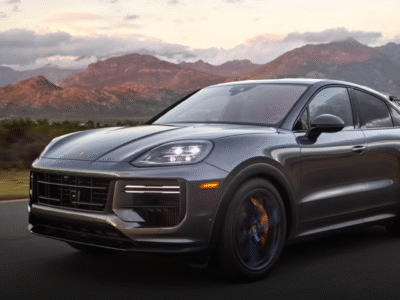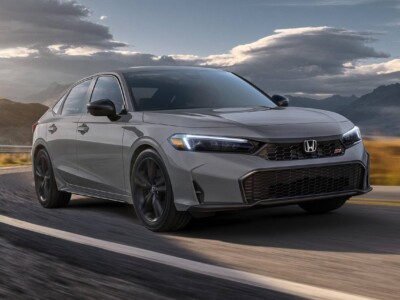
Mercedes-Benz is set to introduce luxurious midsize electric passenger vans in the U.S. and China for the first time, along with recreational vehicles, as part of its comprehensive look at its next-generation “.EA” electric architectures. These electric vans will be built on a shared set of components and modules that will underpin a broad range of future midsize and large electric vans the company plans to launch from 2026 onwards. The company aims for 20% of its vans to be electric by 2026 and 50% by 2030.
The state-of-the-art electric vans will be built on the VAN.EA platform, focusing on scalability, efficiency, and manufacturing simplification, eliminating internal combustion features such as fuel caps and drive shaft tunnels. Mercedes aims to reduce the number of variants by over 50% compared to current vans while covering the same use cases.
The VAN.EA platform follows a modular strategy allowing clear differentiation between commercial and private vans, with maximum synergies. It consists of three modular blocks: a front block with the electric powertrain and front axle, a central block accommodating battery packs of various sizes, and a rear module with or without an electric motor. VAN.EA is only available in front-wheel drive or all-wheel drive configurations, marking a significant shift compared to the rear-wheel drive eSprinter vans.
Mercedes envisions two types of electric vans with VAN.EA: VAN.EA-P and VAN.EA-C. The VAN.EA-P offerings will include luxury private vans positioned to offer a range of over 310 miles, catering to VIP transport, larger families, or serving as a “CO2-free local mobile office.” VAN.EA-C vans will target the luxury market, serving courier, express, and parcel delivery, as well as groceries, vans, ambulances, or recreational vehicles.
Mercedes also revealed plans for electric recreational vehicles based on VAN.EA, although it didn’t confirm a specific model for the U.S. yet. The VAN.EA platform will share approximately 50% of its core modules, interior and exterior components, advanced safety features, and Level 2 autonomous driving capabilities with Mercedes’ Car.EA platform. Both will also share features from the upcoming MB.OS operating system.
Mercedes claims that these models will be ready for Level 2 assisted driving at launch and Level 3 automation (allowing the driver to divert attention under certain conditions) by the end of the decade. Commercial versions may be prepared for Level 4 automation, which could mean pedals or steering might not be available in some driving situations.
Mercedes emphasized the software readiness for electric RVs with specially designed navigation systems that adapt to charging needs and additional size, highlighting the intelligent charging management system developed with Deutsche Post DHL.







